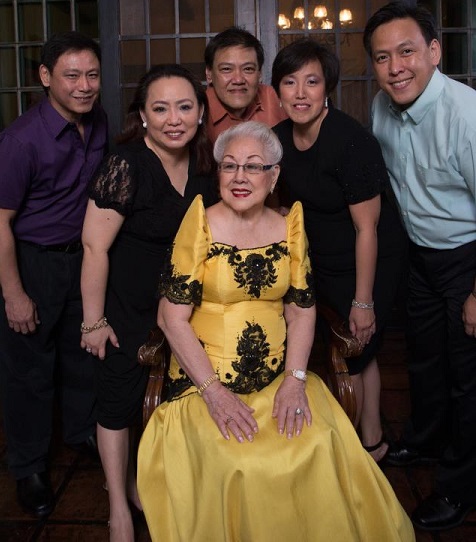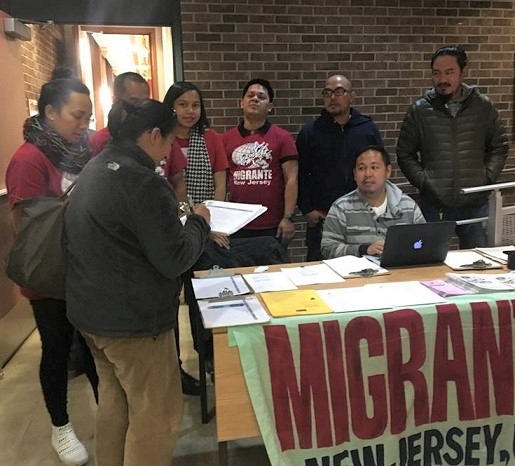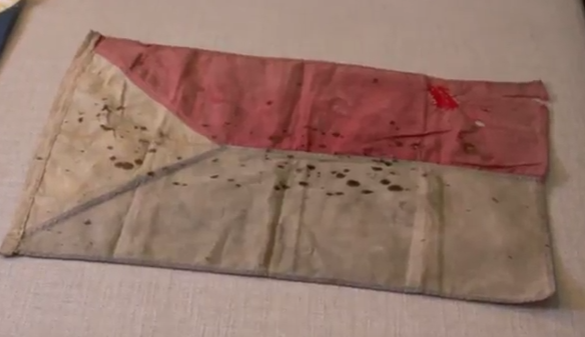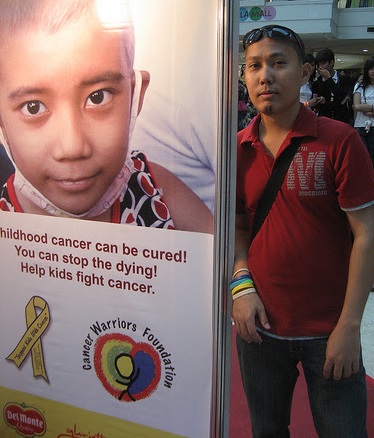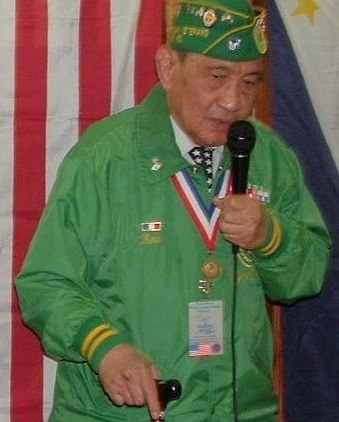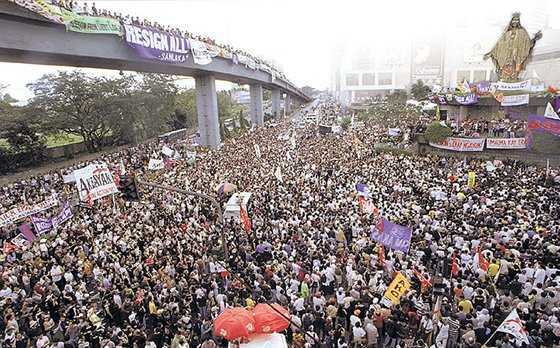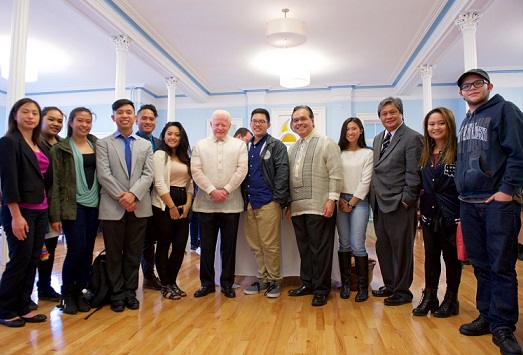Remembering People Power at EDSA after 30 years
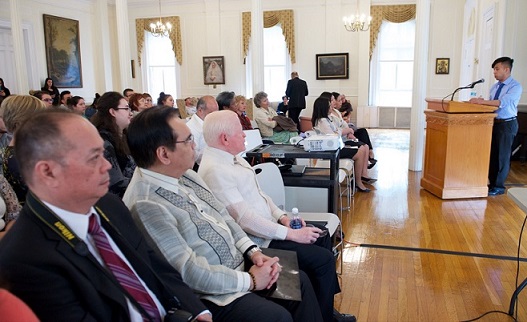
Jerome Viloria, president of SAMAHAN, speaking. At front row from left, Adjunct Prof. Noel Pangilinan, Consul General Mario de Leon Jr. and Ambassador Jose Cuisia. EDSA@30 photos by Boyet Loverita
At the recent commemoration of the 30th anniversary of the EDSA People Power Revolution, officials and students of the College of Mount Saint Vincent — where Cory Aquino is an esteemed alumna — and guests sang the “Lupang Hinirang” with fervor.
Goosebumps ran down my spine because as I looked around the room, young Filipino American students led the singing. The event, “EDSA@30: Pagbabago: Ipinaglaban N’yo, Itutuloy Ko” (I will continue the change you fought for), brought them together for a momentous recollection of those four days in February in 1986 when Filipinos fought against a mighty dictator and restored democracy to their country.
“The FilAm youth should get more involved in their community,” spoke senior Biology student Jerome Viloria.
Viloria, a recipient of the Corazon C. Aquino Scholarship, is the first student of CMSV to declare a minor in Philippine History. He is the president of SAMAHAN, an organization of FilAm students in the college whose goal, he said, is to unite all Filipinos in campus.
He told the forum, attended by diplomats and school officials, how “acceptance of the Filipino story and culture” is important and that “a lot of things can be accomplished through collective civic action.”
Philippine Ambassador Jose Cuisia Jr. said the People Power EDSA revolution showed the world that it was possible to topple a well-entrenched dictatorship, without violence and bloodshed.
“The movement not only restored democracy and supremacy of civilian authority in the Philippines but also showed the world the best qualities of the Filipinos – courage, compassion and love for peace,” he said at the April 26 event jointly organized by the Philippine Consulate in New York and CMSV.
Cuisia recalled how he entered public service because of Cory Aquino. She appointed him to head the Philippine Social Security System (SSS).
“The SSS at that time was the only Philippine government financial institution that was not raided by the Marcoses,” he said. “Pres. Aquino instructed me to guard the funds of the SSS with my life. I expected her to issue several specific instructions, but I learned later on micromanagement was not her style. She gave those who worked in her administration just the right amount of autonomy to do what was needed to be done as an expression of her trust (in them).”
As CEO of SSS, Cuisia worked closely with Aquino and got to see her “strict moral commitment” and her rejection of nepotism and cronyism.
Deputy Consul General Kira Danganan-Azucena said that “to the world, the EDSA revolution was a demonstration of true democracy and empowerment, and the first non-violent bloodless revolution that ever took place,” a global event that offered many lessons for people and states around the world.
Consul General Mario de Leon Jr. described EDSA as a defining moment in Philippine history. It did not start on the first day of the four-day People Power (February 22 to 25); it started with the Marcos dictatorship, he asserted.
“It’s very important for the second generation to understand what EDSA is all about,” he said. He commended organizations like SAMAHAN for trying to connect the younger generation to their Filipino culture and identity. De Leon was one of the career officers appointed by Cory Aquino right after EDSA revolution.
Noel Pangilinan, an adjunct professor of Filipino Language and Philippine History at the CMSV, said the term ‘People Power’ was first used by Aquino “publicly for the first time, when she called on the people to use their collective power, to counter the guns, goons and to protect the ballot during the snap presidential elections in 1986.” He provided a short history of the Marcos Dictatorship and its 21 years of “abuses and excesses, rampant graft and corruption, wanton disregard for human rights.”
College President Charles Flynn said the CMSV community is proud that one of their alumni successfully launched the first bloodless revolution in the world. He said the uprising was impactful even with the lackluster support of the U.S. government under then President Ronald Reagan.
Part of the event was an exhibit of photographs by the Pultzer Award-winning photojournalist Kim Komenich, formerly of the San Francisco Examiner. He took an astounding 30,000 images from 1984 to 1986 in the Philippines leading to the fall of the Marcos regime. He won the Pulitzer Prize in Spot News Photography in 1986 for his body of work.
Viewing Komenich’s photos transported me back to the Motherland in 1986 when I was a college student in Manila. I remember walking to school with my board mates and passing through Malacanang Palace. The Marcoses have fled in exile to Hawaii. The Palace had returned to the Filipino people.
At “EDSA@30,” I could hear Millennial FilAms speaking Tagalog and singing the Philippine National Anthem with pride. I was beginning to lose hope that EDSA had been forgotten by younger generations; it is not. This gathering has brought me hope that all is not lost.




